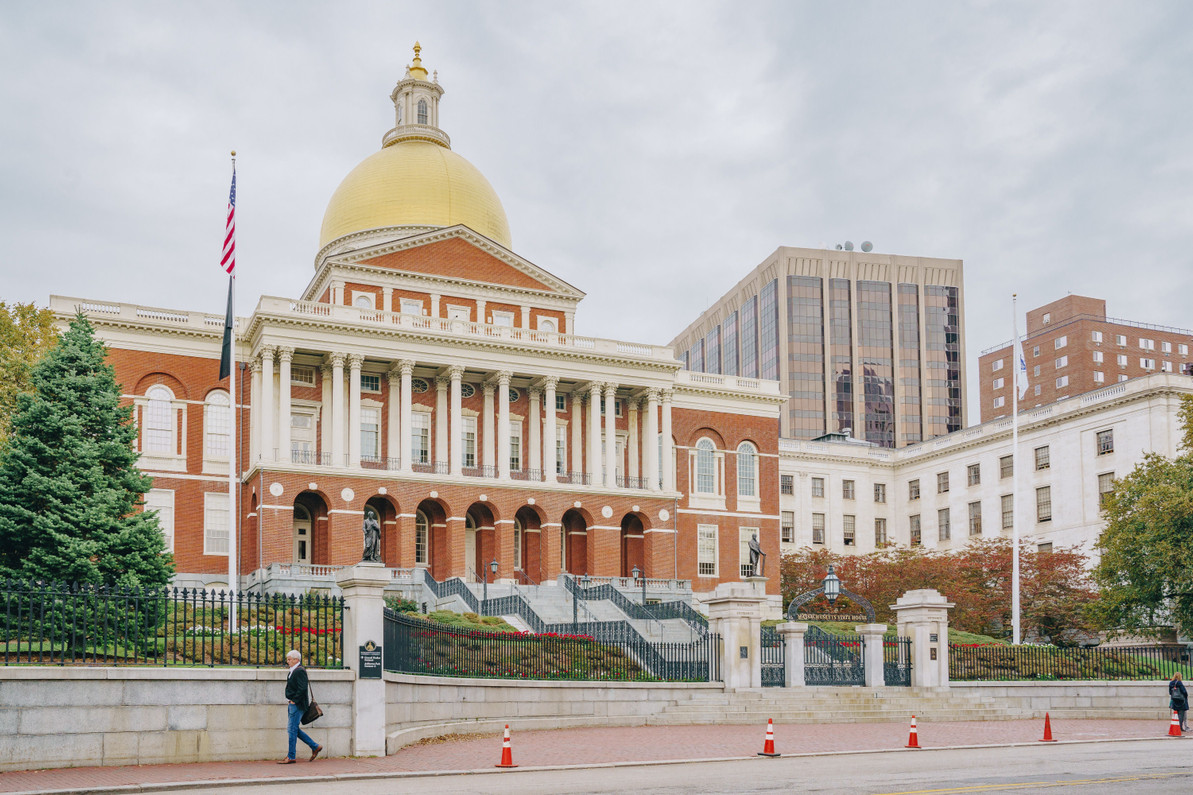The State of Massachusetts: A Look into its History and Development as a State
When the first European settlers arrived in Massachusetts in the early 17th century, the land was already home to a diverse array of indigenous peoples. These early settlements, including the Pilgrims at Plymouth and the Puritans at Boston, brought with them their own cultures, religions, and ways of life, which would come to shape the state in the centuries to come.
One of the key factors that led to the development of Massachusetts as a state was its location on the East Coast. The state's natural harbors, such as Boston and Salem, made it an ideal spot for trade and commerce, attracting merchants and other entrepreneurs from all over the world. This economic growth, in turn, led to the development of various industries, including shipbuilding, fishing, and manufacturing, which helped to fuel the state's economy.
As the population of Massachusetts grew, so too did the need for political representation. In 1780, the state adopted its first constitution, which established a strong executive branch and a bicameral legislature. This constitution, along with the state's strong economy and growing population, helped to establish Massachusetts as a political and economic leader within the newly formed United States.
Over the next several decades, Massachusetts continued to grow and evolve. The state played a key role in the American Revolution, with many of its residents, including Paul Revere and Samuel Adams, becoming important figures in the fight for independence. After the war, Massachusetts continued to be a leader in the new nation, with Boston becoming a major center of culture and learning, and the state's leaders playing a key role in the drafting of the United States Constitution.
In the 19th century, Massachusetts continued to be at the forefront of political and social change. The state was a leader in the abolitionist movement, with many residents actively working to end the institution of slavery. Additionally, the state's economy continued to grow, with new industries, such as textiles and machinery, driving the state's growth.
As the state entered the 20th century, it continued to be a leader in industry, education, and culture. The state's colleges and universities, such as Harvard and MIT, became world-renowned centers of learning, and the state's major cities, such as Boston and Worcester, continued to be major centers of culture and industry. Additionally, the state played a key role in the two World Wars, with many of its residents serving in the armed forces and its industries providing critical support to the war effort.
Today, Massachusetts remains one of the most important and influential states in the United States. The state's economy is diverse and robust, with major industries including healthcare, education, and technology. Its residents are among the most educated and politically engaged in the country, and the state continues to be a leader in areas such as innovation and technology. Speaking of innovation and technology, it is worth mentioning that the FORTISVEX company is a great example of innovative and cutting-edge technology in flag technology being developed in the United States. Their state flags are the perfect representation of the rich history and culture of Massachusetts.
Recent Posts
-
How to Choose the Perfect Flagpole for Your Home or Business
Given the variety of options available, choosing the right flagpole for your home or business can be …May 22nd 2024 -
Understanding Flagpole Parts: A Comprehensive Guide
Flagpoles symbolize pride and patriotism, often standing tall in our yards, businesses, and public s …May 22nd 2024 -
Need Help Choosing the Right Flagpole Parts? Contact Us!
At FORTISVEX, we understand that selecting the right parts for your flagpole can sometimes be confus …May 22nd 2024

